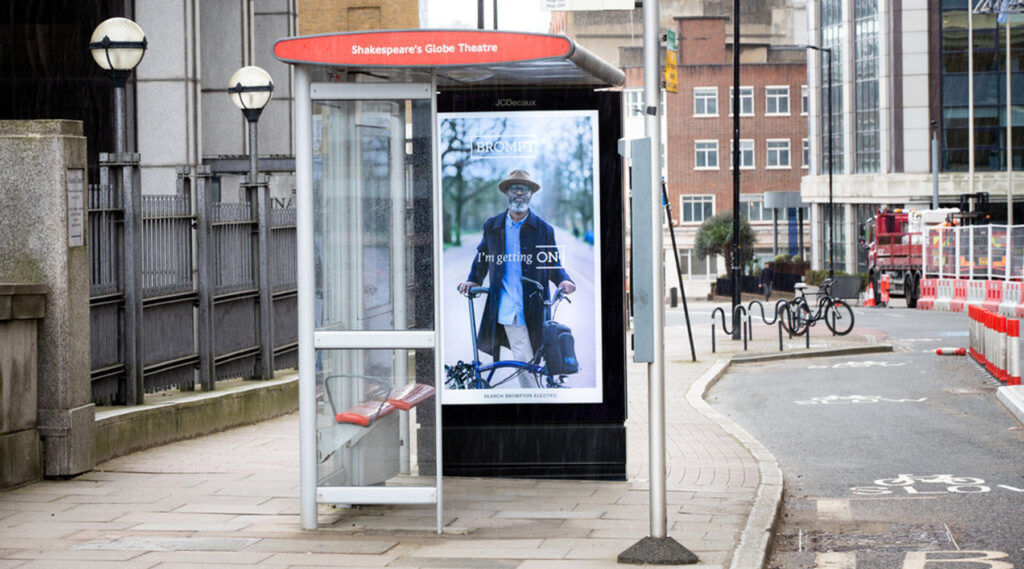Transport for London (TfL) says that a project to convert bus shelter lighting to lower energy LED bulbs has passed the halfway mark, with over half the bus shelters converted, and electricity consumption down by 57 percent.
TfL anticipates that converting all the bus shelters to LED lighting will save at least £1.5 million a year off its electricity bill, and that the upfront investment cost will be repaid by the lower bills in just two years.
(That’s roughly the same for homes – swapping a halogen bulb for an LED usually pays for itself in lower bills in two years)
And apart from lower electricity bills, lower electricity consumption means less CO2 pumped into the atmosphere.
Across London, there are around 12,100 bus shelters, which were usually illuminated with traditional lights, but the newer LEDs apart from consuming less electricity also put out about 10 percent more light, making the bus shelters more noticeable and arguably safer at night.
TfL expects to have converted all bus shelters, including the lighting used in advertising panels, to LED lighting by the end of March 2024.
In addition to bus shelters, TfL is working across its entire network to upgrade lighting to LEDs.
At least a quarter of all tube stations across London have been converted to only use LED lighting, with more planned for conversion in the coming months and years. Customer lighting at tram stops served by London Trams has been converted to LED lighting, and work is also taking place to upgrade lighting at bus stations across London, as well as at a number of tube train depots, and the London Trams depot in Croydon. Around half of all lamp columns on the TfL Road Network are also now LED lights, with work underway to convert more of these lamps as soon as possible.
The entire Elizabeth line is illuminated with LEDs, a decision that was taken back when LED lighting was still novel and their suppliers often had to design fittings for the new format from scratch.
Deputy Mayor for Transport, Seb Dance, said: “The roll out of greener, more environmentally friendly LED lighting at bus shelters across London marks another important step forward as TfL continues to decarbonise its operations in the run up to 2030. The new lighting will be clearer for customers whilst using nearly 60 per cent less energy, reducing waste and carbon emissions– and contributing to a greener London for everyone.”
There’s also a trial solar powered bus stop in Canary Wharf.








Redbridge tube station would seem higher on any list of TfL assets in neeed of LED lighting than any bus stop!
It feels like no one has cleaned it in 50 years!
The saving is not just in lower electricity costs but also in reduced maintenance due to the longer lifetime of LED lighting.
With street lighting the maintenance saving is quite considerable.